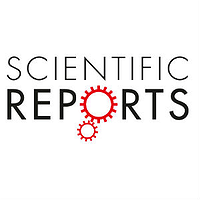
Dr. John Brockman, Associate Professor of Chemistry at the University of Missouri Research Reactor (MURR®), is a co-author of a new study published in the journal Scientific Reports that examined the possible role of methylmercury (MeHg) in the development of cancer, specifically gliomas, or tumors that begin in the glial cells of the brain. MeHg is a ubiquitous environmental contaminant and ingestion by humans, primarily from contaminated fish, has previously been associated with neurological damage. However, up until now only limited research has been conducted regarding possible links between MeHg and cancer.
The researchers used neutron activation analysis at MURR to examine the MeHg concentration in the toenails of 300 glioma patients and compared them to a control group. The authors also examined variations in genes related to the metabolism of MeHg in both the current study and a cohort study. The study results indicated no significant difference in MeHg concentration in the cancer patients versus the controls and no significant difference in the genetic variants in either of the studies was found (after statistically correcting for multiple testing).
The results of the study suggest that methylmercury exposure is not linked to development of gliomas, although the authors noted some findings that merit further investigation.
The study entitled, “Methylmercury exposure, genetic variation in metabolic enzymes, and the risk of glioma” (Creed et al. 2019), was published in Scientific Reports online on July 26, 2019.